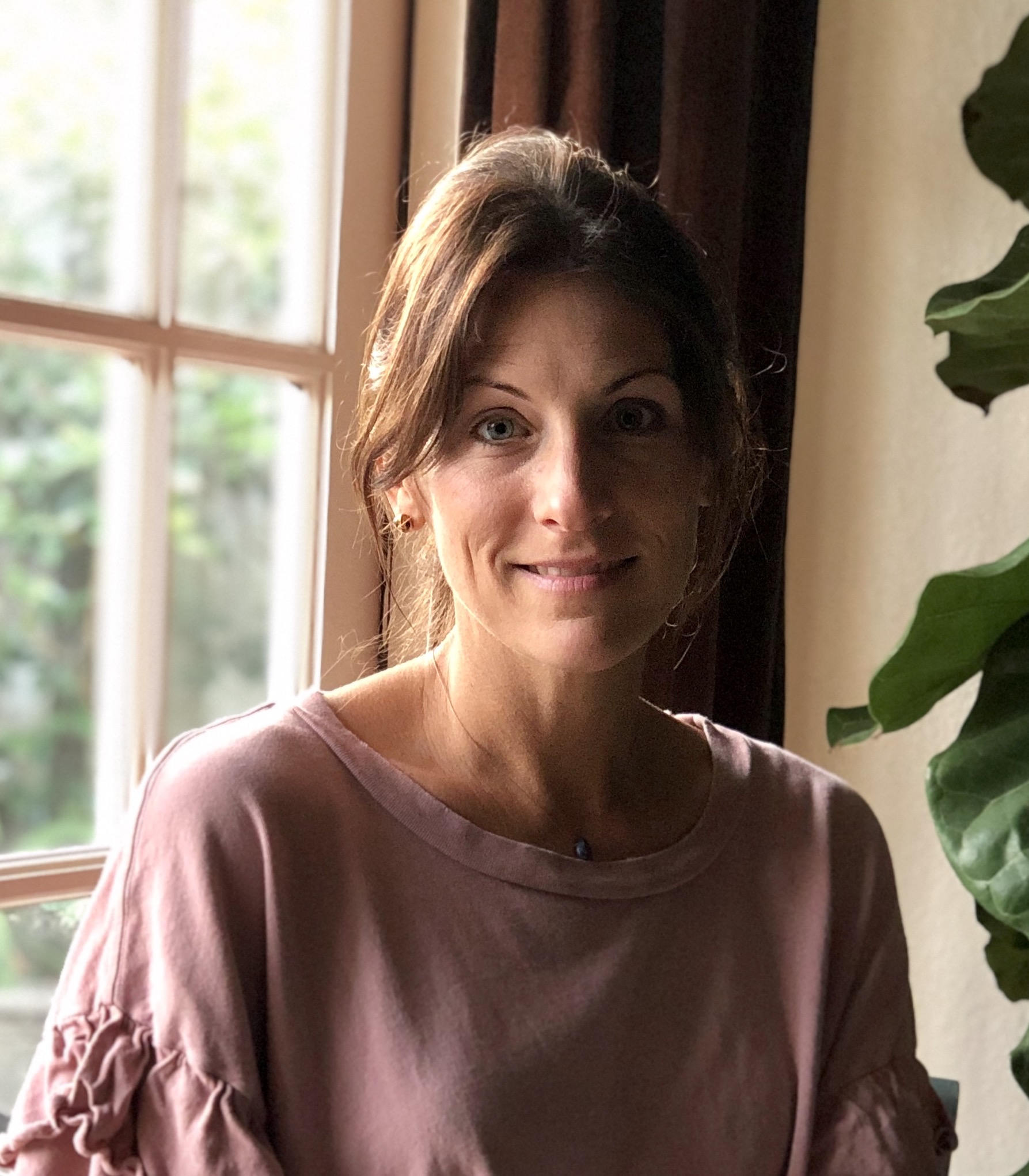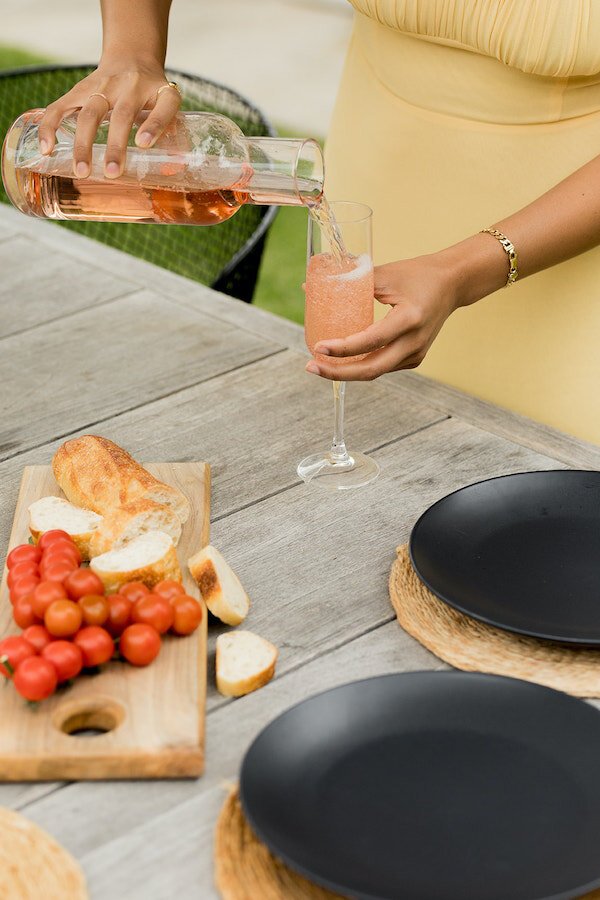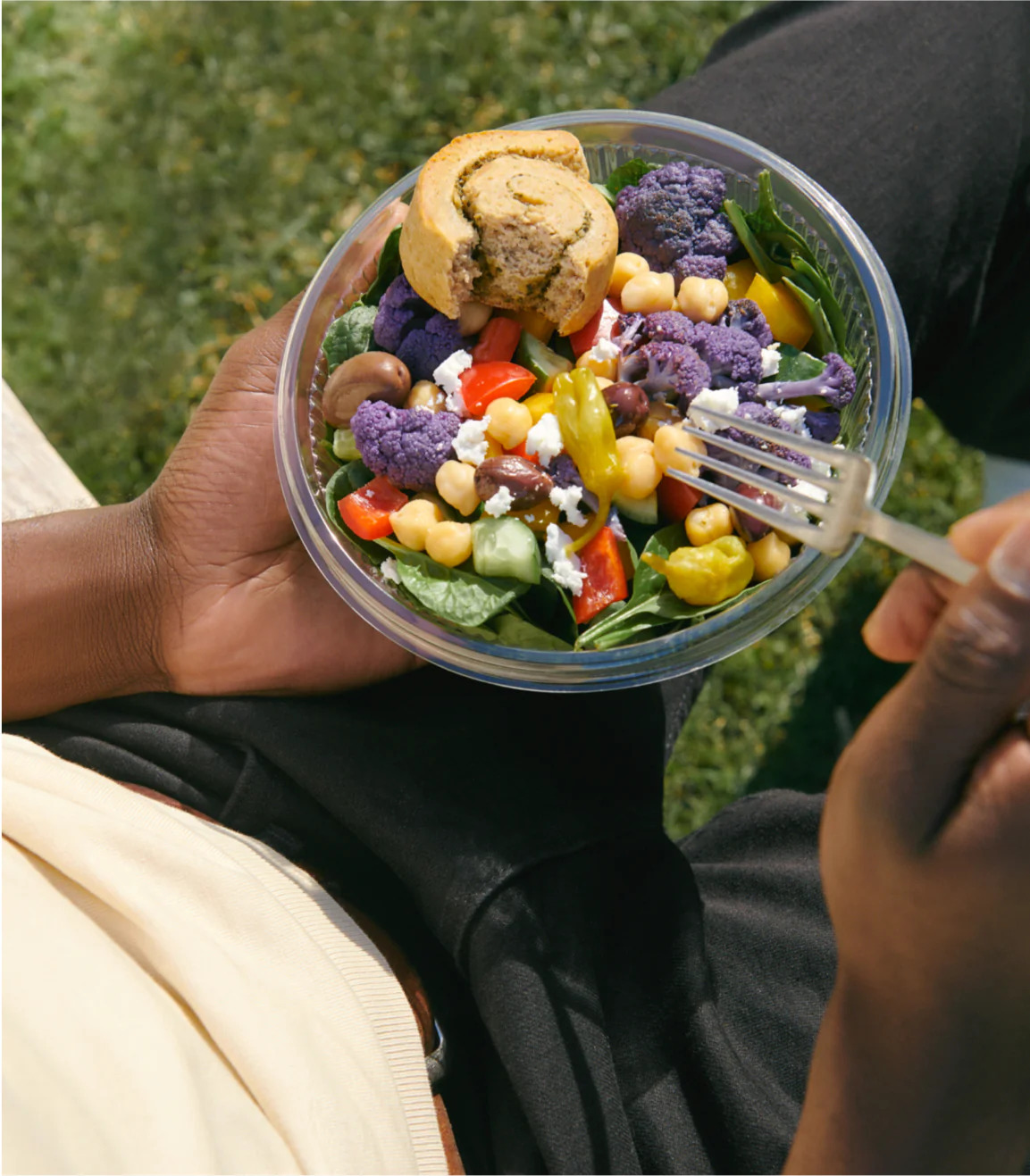
How Harmful Are Microplastics To Our Environment And Health?
If you’re in this space, the thought of large quantities of plastic strewn about the natural world makes you cringe. You feel distressed about floating plastic islands, birds feeding plastic to their babies, and turtles getting stuck in plastic can rings. In coastal Florida, it’s now commonplace to see plasticware, straws, cigarette butts, and single-use wrappers washed ashore, dotting our white-sand beaches.
“Yet, as much as we know that single-use plastic is bad news, we still struggle to avoid it.”
Single-use plastic like water bottles, tampon applicators, plastic bags, food containers, medical waste, and beach toys, as well as discarded or lost plastic like sunglasses and fishing gear, have made their way deep into our waterways, wreaking havoc on our marine environment, poisoning wildlife, and polluting its beauty.
Yet, as much as we know that single-use plastic is bad news, we still struggle to avoid it. And beyond the knowledge that plastic pollution harms and kills wildlife and feeling helpless about what to do, how concerned should we be about the effect of that same plastic on human health?
What are microplastics, and where do they come from?
“Plastic has led to the invention of innovative, life-saving devices and helped maintain sterile conditions.”
Petroleum-based plastic was celebrated among households for its versatility and durability upon its creation in the 1950s. Although often villainized in modern times, its use does remain beneficial in specific capacities such as the medical and healthcare industries. Plastic has led to the invention of innovative, life-saving devices and helped maintain sterile conditions. However, the reality is that petroleum-based plastics do not biodegrade, and only a few plastics can be recycled. The same qualities that have allowed plastics to withstand the test of time in our kitchens and daily lives have now left us with a significant health and environmental crisis to deal with.
When plastic is introduced to the environment, it doesn’t dissolve or disappear. It stays. Like… forever. Or, in the case of larger plastics, it continues to break into smaller pieces, aka microplastics(MPs). The National Oceanic and Atmospheric Administration defines MPs as small pieces of plastic that measure less than five millimeters (just more than 3/16”). For visualization, think from less than the size of a pencil eraser down to microscopic.
“The reality is that petroleum-based plastics do not biodegrade, and only a few plastics can be recycled.”
Microplastics can be primary, which include plastic polymers added to cosmetics, detergents, diapers, paints, medicines, and more (i.e., microbeads in exfoliating face and body wash) or small plastics that unintentionally rub off of synthetic clothing or leach from paints as tiny plastic fibers. Primary microplastics enter the environment down our sink drains and washing machines into municipal treatment systems, where they are small enough to escape filtration and discharge right to our oceans.
The category most people think of when they think of microplastics, however, is secondary microplastics, which are MPs that have evolved from larger, single-use, and other plastic-containing products. When the life of a secondary microplastic product is over, if you can’t recycle it, even with the best intention, it often skips the landfill and ends up scattered about our rivers, lakes, and marine environment. When plastic trash or toys are left on the beach, they are swept out to the water, where constant exposure to harsh conditions like sun, salt, and wave action breaks secondary MPs into smaller fragments.
“No matter what form of microplastic or how it escapes containment, once out there, they persist in our environment.”
No matter what form of microplastic or how it escapes containment, once out there, MPs persist in our environment, their size making it easy for them to infiltrate and swiftly move through our water, air, soil, and eventually into our food chain.
How are humans exposed to microplastics?
Humans are exposed to microplastics in various ways, including inhalation of air-borne microplastics (it is literally in the wind), physical contact with plastic products and synthetic clothing, and ingestion.
“Seafood consumption remains the primary way humans consume microplastics.”
Now I know what you are thinking: Gross! Why would I eat plastic? Although no one sets out to eat MPs, if you ever consume seafood or shellfish, you may unknowingly swallow some microplastics. Due to the amount of microplastics in our oceans, marine animals consistently consume micro and nanoplastics. Seafood consumption remains the primary way humans consume microplastics, and our natural ocean filter creatures (like shellfish) are known to contain more MPs than finfish.
Microplastics are not just contained in water, either, as they’ve been found in soil, too, threatening soil biodiversity and land ecosystems. The abundant MPs in our dirt cause water flow and absorption issues, prevent plants from properly rooting, and negatively affect beneficial soil-dwelling creatures like earthworms that can die from mistaking microplastics for food. Ultimately, MPs in our soil impact human health because it makes it harder to grow the food we need to eat.
But how are they dangerous to humans?
More than seven decades after humans started using petroleum-based plastic regularly, plastic has now literally become a part of us. Microplastics have now been confirmed to enter and accumulate in the human body, but scientists are still unclear how we absorb, metabolize, or eliminate plastic particles––or if we even do. Due to the many forms of plastic and the various ways and amounts humans come in contact with it, comprehensive studies on its direct effect on human health, including what levels are toxic and the ailments and diseases it may cause, are lacking.
“More than seven decades after humans started using petroleum-based plastic regularly, plastic has now literally become a part of us.”
What is undeniable is that when humans are exposed to MPs on a wide-scale and consistent basis, it most likely causes adverse health effects.
Studies performed on fish and animals suggest that after ingestion, MPs can be distributed through the circulatory system, giving them access to cells and tissues. In addition, according to an April 2023 study on the Health Effects of Microplastic Exposures, “various examples of damage caused by microplastics have been reported, such as microplastic accumulation in the bodies of marine and aquatic organisms (leading to malnutrition), inflammation, reduced fertility, and mortality.” There is reason to believe the same could be true of human ingestion and bodily accumulation.
“Studies performed on fish and animals suggest that after ingestion, MPs can be distributed through the circulatory system, giving them access to cells and tissues.”
What’s also worth noting is that with the ingestion and accumulation of MPs we aren’t just getting a dose of microplastics, but also consuming a host of other poisons that could be released into our bloodstream and be detrimental to our health. According to poison.org, these microplastics may absorb undesirable chemicals, including heavy metals, polychlorinated biphenyls (PCBs), and pesticides from the environment.
Because MPs can most likely infiltrate cells and bring poisons into the body, affecting systemic processes like digestion, scientists are also exploring its solid potential to play a role in the uptick of early-onset breast and colorectal cancers in addition to being a host for and facilitating other diseases. Regular exposure to even low concentrations of microplastics in the air may lead to respiratory or cardiovascular diseases. Although, again, this has yet to be proven due to a lack of human studies.
What can we do about microplastics?
Things get complicated when we talk about controlling exposure and removing microplastics from our environment.
Even if everyone started to avoid all contact with plastic, give up seafood consumption, and never purchase a plastic product again, microplastics will still be present in the air we breathe and in our water sources. To have any lasting effect on addressing the problem, it will take a multi-action approach that involves both prevention and removal. Big action and small.
“A big part of prevention is reducing the load of new MPs introduced into the environment.”
A big part of prevention is reducing the load of new MPs introduced into the environment. As conscious consumers and citizens, we can help by making better purchasing decisions, such as choosing plastic alternatives like paper, glass, bamboo, and natural fiber clothing.
The creation of bio-plastics, made from plant products that break down instead of just fragmenting, has been a welcome way to offset petroleum-based plastics; however, these remain expensive for companies to utilize and have yet to be adopted on a wide-scale basis. If they were, however, it’s possible they could offset the production of petroleum-based plastics by 15 to 20 percent within the next few years.
Removing existing MPs from our environment is a challenging feat, but promising research and technology are being explored all the time that could significantly help. Scientists have explored using electrodes to attack and break down the MPs into harmless water molecules. It’s an expensive process, though, and again, it has not caught on just yet.
“We can remain hopeful that innovative solutions are being discovered and vetted every day that may be applied to mitigating microplastics.”
In 2019, a teenager in Ireland came up with a way to magnetically attract MPs using something called ferrofluids (a combination of oil and magnetite powder) as part of his award-winning science project. His system could be implemented in a municipal wastewater setting to attract and remove primary MPs.
And a German company has created a way to bind and remove MPs from water by adding silica then using a vortex to bring them all to the surface for collection.
We can remain hopeful that innovative solutions are being discovered and vetted every day that may be applied to mitigating microplastics. We can also demand more from our local, national, and international governments to enact bans and regulations on producing petroleum-based plastic because microplastic pollution is a global issue.
On a personal and household level, some things can be done to reduce exposure to microplastics and help reduce the load on the environment, too.
- Install or add an in-home water purification system. Most water purification systems will reduce or completely eliminate microplastics from your drinking water.
- Add air purifiers or use high-quality filters if you have central air (change regularly).
- Limit seafood consumption, especially shellfish.
- Purchase clothing made of natural fibers instead of synthetics. Consider buying pre-worn synthetic clothing.
- Seek products that use bioplastics. This includes food wrappers, tampon applicators, toys, and disposable plasticware.
- Do the “squeeze test” at the grocery store, which helps to choose glass, cardboard, or aluminum containers over plastic.
- Remember to take your reusable bag into any store offering plastic bags, and don’t feel bad about declining a bag in general when you can carry your goods.
- Create to-go utensil kits for you and your family, including a set of metal silverware, a cloth napkin, and a reusable straw.
- Avoid plastic water bottles: reusable or single-use. Choose glass, aluminum, and stainless options, even for single use.
- Find plastic-free ways to store your food.
- Invest in cute reusable cloth bags coated with beeswax or make your own.
- Take the pledge to say no to single-use plastics.
As a final thought, avoiding plastics and microplastics in everyday life completely would be difficult and, quite frankly, unnecessary. Applaud yourself and others for being aware, making better choices going forward, and continuing to do your best based on your resources, even if that means implementing just ONE of the above suggestions.
Randi Donahue is a freelance writer who lives on the Gulf Coast of Florida and is fortunate to live right next to a glorious nature preserve and a few miles from a white sandy beach. She and her family are passionate about nature, health & wellness, and sustainable living and believe the path to a healthy and prosperous life requires authenticity, kindness and a whole lot of fresh air.




